In this week’s Irish Farmers Journal, the BETTER farm beef challenge page will give a detailed guide to reading your ICBF weaning performance report.
This report will be of particular interest to those farmers who are participating in the Beef Environmental Efficiency Pilot (BEEP) scheme. This scheme, which was launched in spring, is geared towards improving the environmental and economic efficiency of our suckler cows.
The workings of the scheme require farmers to record the weight of an unweaned calf and its dam on the same day.
Farmers receive a payment of €40/calf after full compliance with the terms of the scheme.
Added value
Inside this week’s paper, I will show how there is significant value to be obtained by weighing cows and calves aside from the €40/calf payment.
Once weights are recorded and uploaded on to the ICBF database, farmers will be able to generate a weaning performance report.
This report can provide valuable information on calf performance and cow performance, both on a whole-herd level and an individual level.
All of the autumn calving participants of the Teagasc/Irish Farmers Journal BETTER farm programme have recorded weights for BEEP – the article will profile two of these.
Finding the report
The following is a step-by-step guide to finding your weaning performance report:
Step 1 – Log into your ICBF account on www.icbf.com.
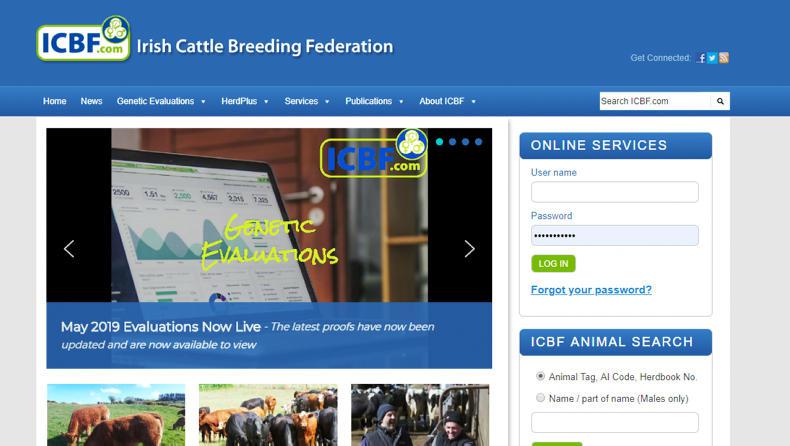
Step 2 – Click on the third dropdown tab labelled "Reports" and then click on "All Reports".
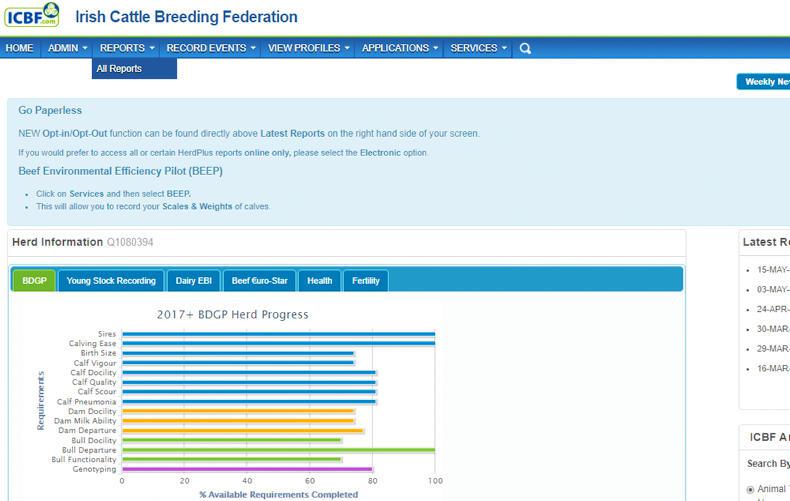
Step 3 – From here, click on the bottom option labelled "Weight" and the click on "Weaning Performance Report".
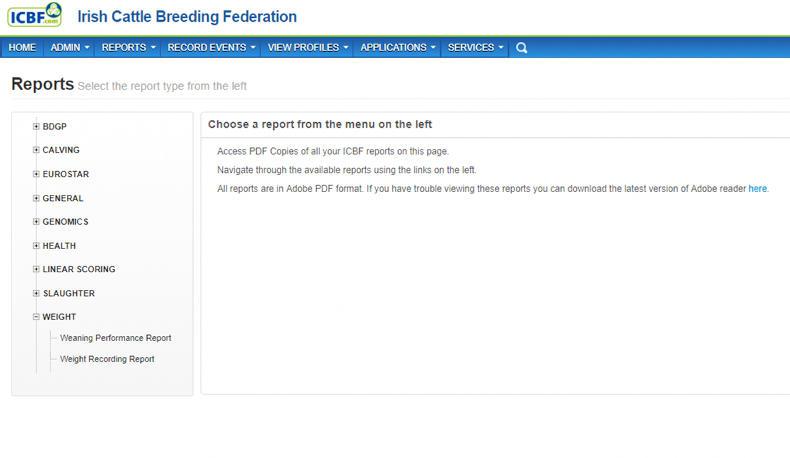
Step 4 – A list of previously generated reports will show up. To get an up-to-date report, however, click on the button "Generate New Report".
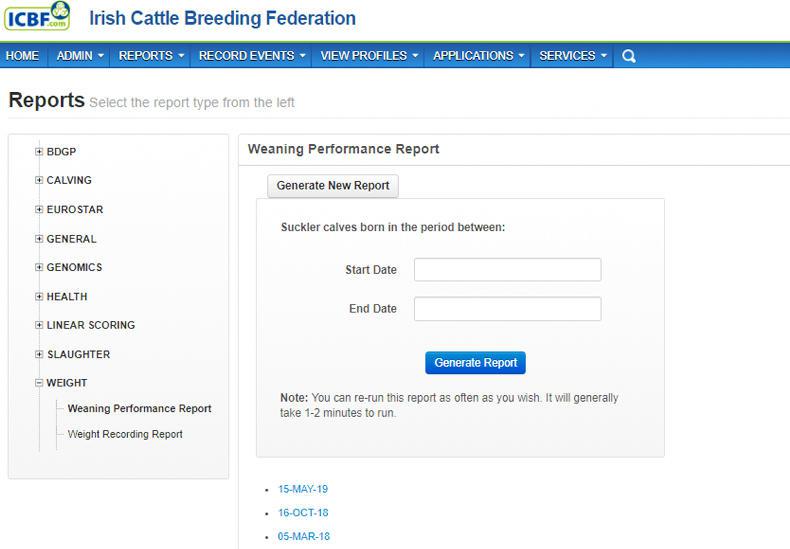
Step 5 – After taking the option to generate a new report, you will have to enter the date range for the report. The date range you enter here is referring to the period in which the suckler calves that you want to generate the report for were born. For example, a late-autumn calving herd would enter the dates 1 September 2018 to 31 November 2018.
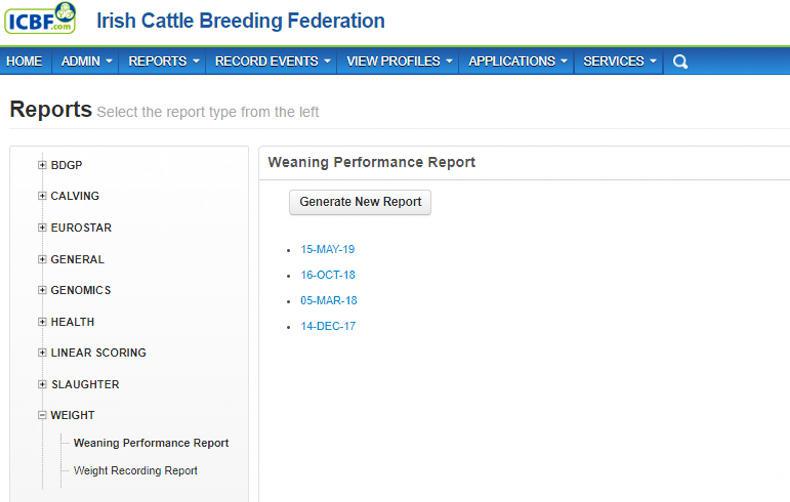
Step 6 – Once the new report is generated, download the link and open the new report.
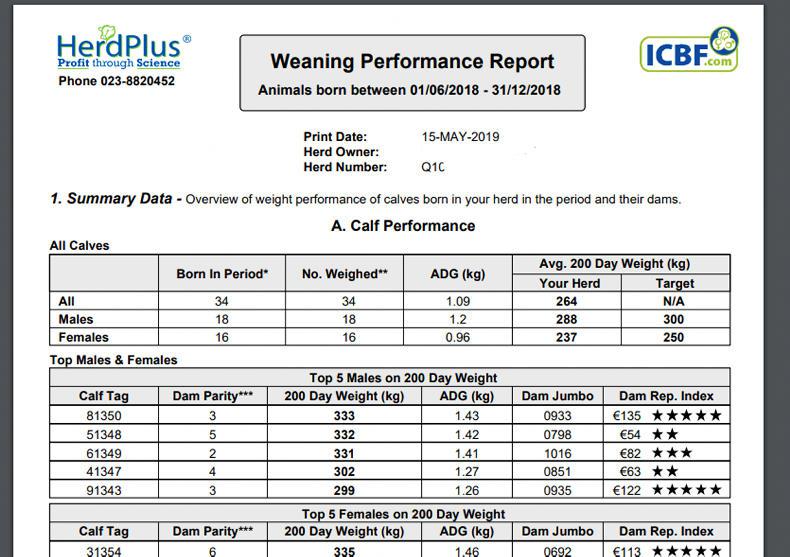
Step 7 – See this week’s Irish Farmers Journal in print or online for a guide on how to read the report and to compare your herd’s performance with some of the BETTER farm participants.






 This is a subscriber-only article
This is a subscriber-only article










SHARING OPTIONS: